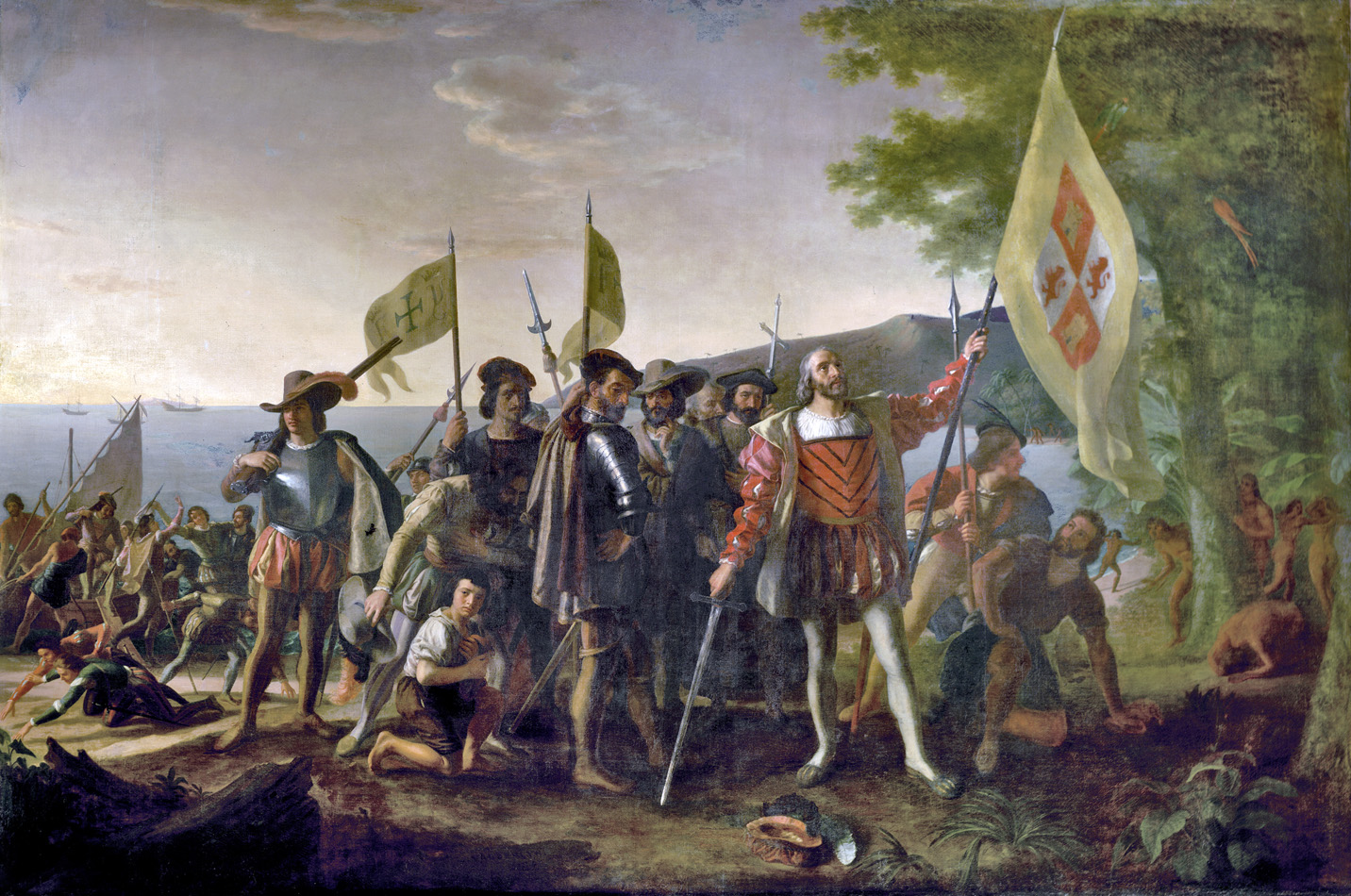These are the sort of fascinating details that Herzog pulls from those he interviews. In "Cave of Forgotten Dreams" Herzog shows us paintings depicting rhinoceros, ibex, cave bears, cave lions, and horses in the hollow of a long-sealed cave. Amidst the crystalline ripples of calcite lay the bones of animals dead for ages. The imagery is seriously more surreal than anything my imagination could conjure. Though this is not the state the cave was in when early humans came to the region in southern France, the calcite has preserved the delicate charcoal lines drawn by human hands--some of the pictures dating thousands of years apart.
The 8-legged animals in some of the pictures evoke a motion and depth hard to imagine exist only on a stationary, 3-dimensional surface. These pictures were viewed by light of torch. The pictures would dance.
This flux of charcoal--an acknowledgment of movement--a sort of emphasis on fluidity and expression, but also of minimalist opportunism is quite striking:
Many generations of human existence were spanned in some of the depictions. They blend fascinatingly, sometimes showing the author's unique style, but who are we to know their specific creator?
I imagine a sort of prehistoric, graffitied, charcoal version of La Danse by Matisse:
Included in the art's dimensions, however, are the walls of the caves themselves. This incorporation of environment has an architectural element reminiscent of some modern architecture by Antonio Gaudi, such as his Porta Miralles:
The similarities end soon, however; when we realize that these cave drawings are works of art built upon centuries of human existence remembered in images, it becomes apparent this is not the sort of art or creation that can be captured or replicated in a moment. It is, in essence, built over time and in accordance to the medium on which it exists: the surface of the Earth. This incorporation of the chaotic nature of existence into one's art matches what would seem to be a heightened awareness of the aesthetic qualities present in the immediate world and earthen/geological structures that early humans had.
This timelessness of existence reminds me of our class discussion on Tuesday, I think it was--about the difficulties in interpreting the Native American sense of continuity and cycle. Native American cultures--those existing before contact with the English language for sure, and I'd hope many since--also had a style of rock art (following 2 photos are from the most excellent rock art blog):
Art to me has always been about expressing ideals of balance or aesthetic form, and this rock art truly embodies these fundamentals. I'll end with a paraphrase from the Herzog documentary: at the end of the film, a story is conveyed about an ethnographer who asks an aboriginal painter why he paints. The painter responds that it is not him that is painting--that it is the spirit or something outside oneself that is creating all those beautiful forms.








